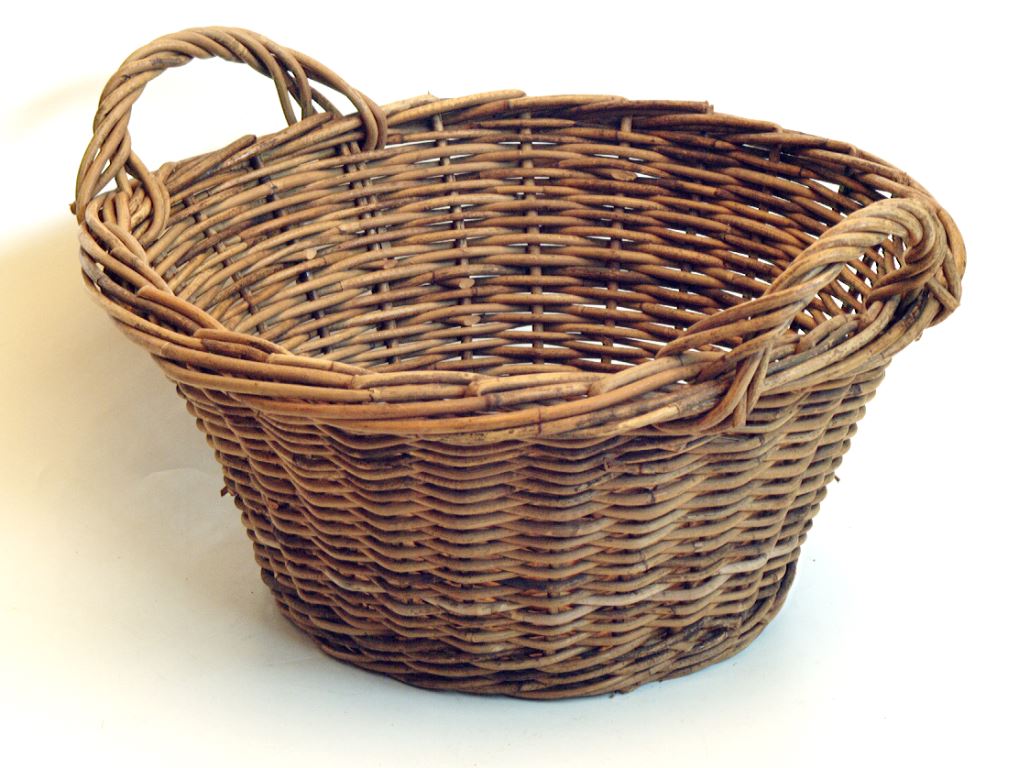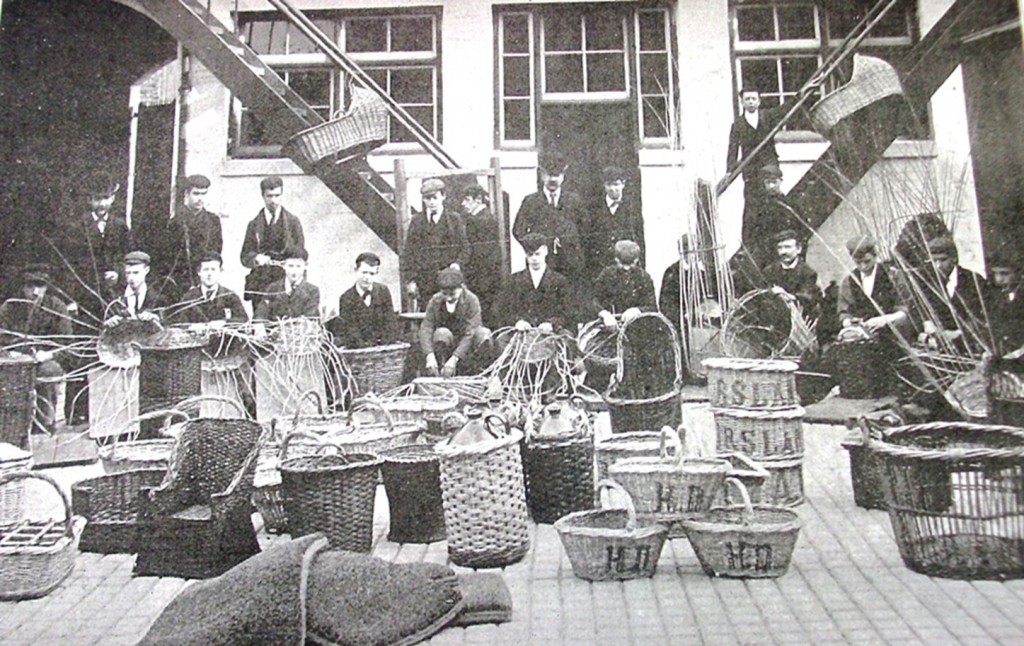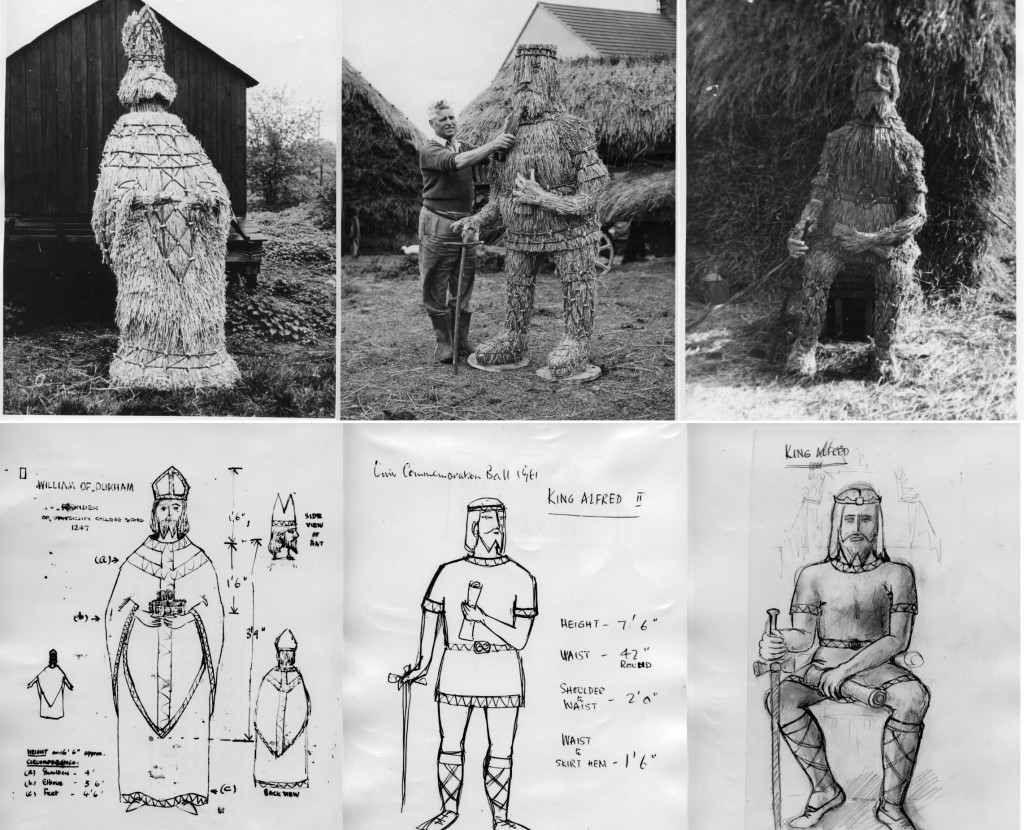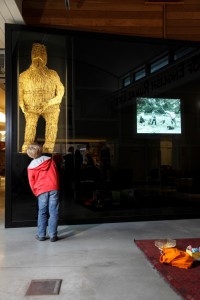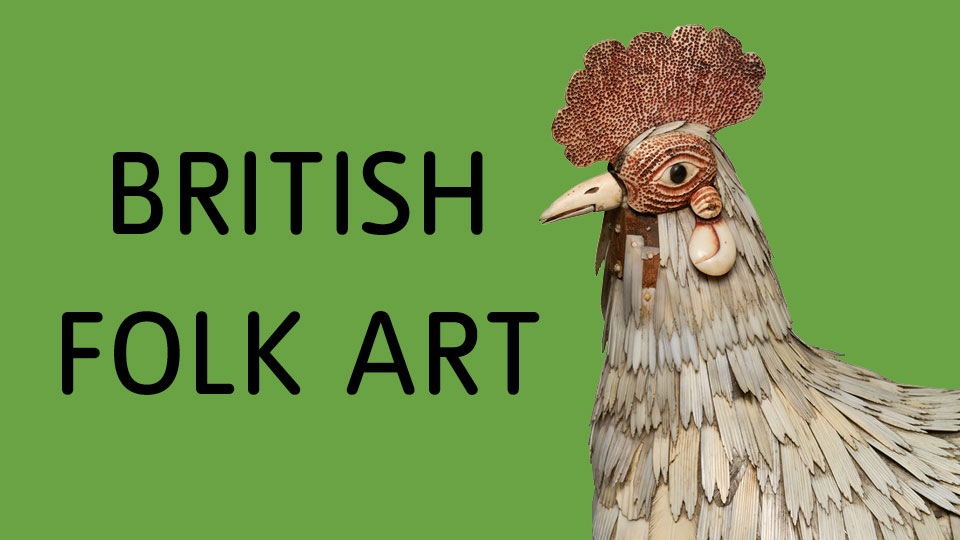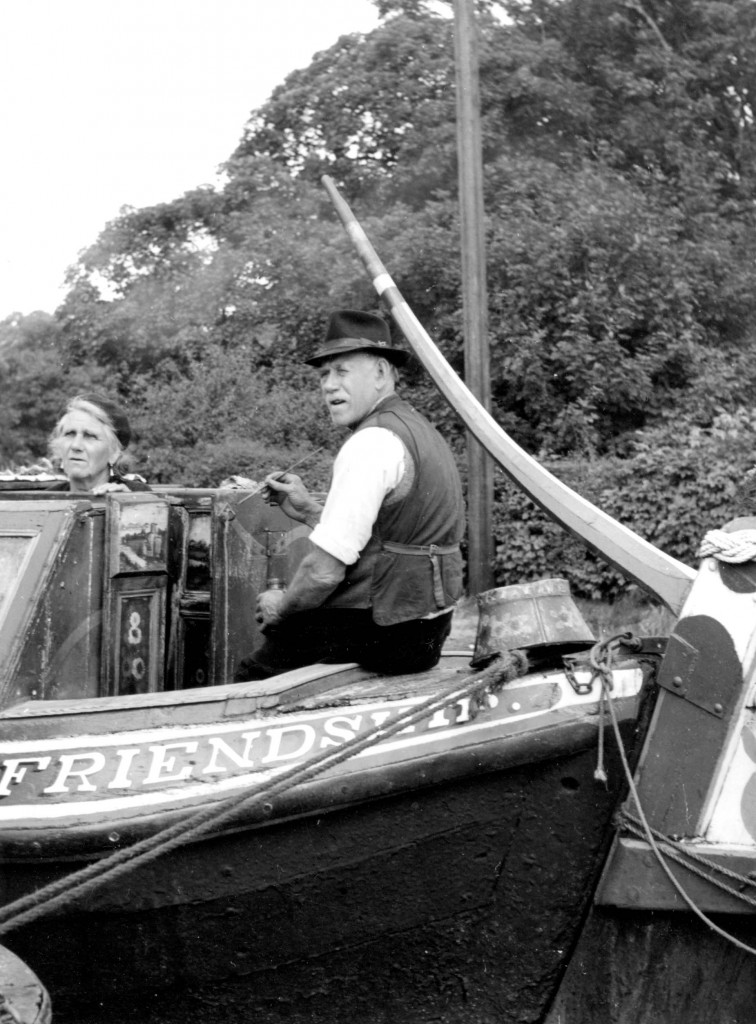How do you write a label in under 50 words on a basket made by an anonymous, visually impaired basket-maker without appearing patronising and tokenistic?
This question conveniently coincides with this week’s #CultureThemes topic of #DisabilityStories. The staff here at MERL are busily writing labels for our new galleries, covering overarching topics and themes, object groups, highlight objects and individual people.
Disability is both a hidden and common theme in the countryside depending on how you view rural history, literature and art. Historically the countryside can be viewed as a healthy place, full of people with ruddy complexions who exercise their bodies daily and eat the fat of the land. It is where we sent the wounded from the World Wars to recuperate, and it is a place we ‘escape to’ to get some fresh air.
It is also a place of grinding poverty, where starvation was only two bad harvests away and malnutrition was a fact of life. Farming was, and is, a place of hard toil where constant labour caused early arthritis and exposure to the elements and isolation from medical care caused a world of illness.
And this is where the nub of representing people with disabilities comes. We have a multitude of material to draw on to explore the lives of those whose disability was caused by accident and ill-health. To discuss disability only in terms of health, however, is tokenistic and it is often seen as demeaning to have a person’s significance in a story revolve around their disability alone. It ignores the fact that many people do not see their disabilities as disabling, but simply a part of who they are. People with disabilities were a fact of life in rural England for centuries and still are, and a disability was often the norm rather than the exception. Fields still had to be tilled, baskets made and animals fed whatever someone’s physical or mental condition.
We had all of these discussions and more when trying to write a label for a basket made at the London School for the Blind in the early- to mid-twentieth century. It is well-made and is meant for feeding horses or other animals. The basket will be located in a gallery focusing on our different views and perceptions of the English countryside, and more specifically will be located in the basketry section under a theme called Craftspeople at Work. The label we ended up with is this:
This basket was used for feeding horses and was made at the Royal School for the Blind in the early twentieth century. Craftspeople rely heavily on their sense of touch to determine the correct textures, shapes and form of their work.
We made the decision not to focus on how basketry has traditionally been seen as a blind craft, nor how blind people in institutions such as the Royal School for the Blind were encouraged to make baskets as a source of income (as ‘honest work’), or how basketry is still used as a therapeutic process for people today who are newly blinded. One reason for this is the 50-word limit of our Object Highlight labels, but we also didn’t want to make the fact that a blind person could make a perfectly good basket the main point – the visitor should be able to pick this up by themselves from the information we’ve given them. Equally, we focused on ‘Craftspeople’ rather than ‘Blind people’ in the second sentence, as it is the craftsmanship that defines this object rather than the maker’s disability. Hopefully in this way we have avoided the common mistake of presenting someone ‘overcoming’ something despite their ‘disability’ and instead bring attention to the fact that basketry utilises the sense of touch more than the sense of sight.
What do you think of this label? Should we have made a lengthier label discussing these issues? Is it wrong to discuss disability in the countryside only through the lens of modern health?


